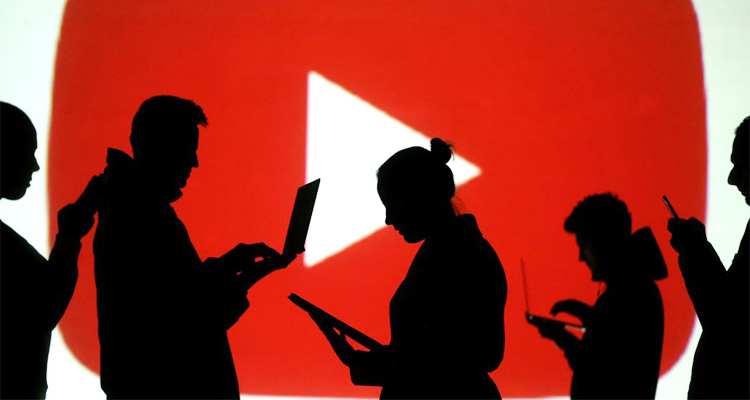YouTube Now More Popular Than Television in the U.S.

YouTube media revolution
YouTube’s journey began 20 years ago with a single video uploaded by three visionary young men. Among them was Jawed Karim, a Bangladeshi-American. Over the years, YouTube has evolved into a new kind of television, a new medium of news, and even a new cultural force.
YouTube Now More Popular Than Television in the U.S.
YouTube has overtaken traditional television in popularity among young people in the United States. A recent survey reveals that 65% of American youth now prefer YouTube over television.
At the beginning of this century, public interest in the internet was rapidly growing. During this time, three young visionaries—Jawed Karim, Steve Chen, and Chad Hurley—set out to create a new video-sharing platform. Their goal was simple: to make uploading, watching, and sharing videos easy for everyone.
With that vision, YouTube was officially launched on February 14, 2005, through domain registration. The first video, “Me at the Zoo,” was uploaded on April 23.
Thanks to its user-friendly interface and the ability to upload content for free, YouTube quickly gained widespread popularity. However, with that popularity came rising server costs and increasing legal risks related to copyright issues.
To tackle growing challenges, Google stepped in. In 2006, the search giant acquired YouTube for $1.65 billion. That marked the beginning of a new era for the platform—an age of commercialization and content monetization.
Now 20 years old, YouTube has become the world’s largest platform for entertainment, news, and information. It’s no longer just a website, but a symbol of the modern media revolution.
More than just a place for videos, YouTube has evolved into a cultural phenomenon. With Shorts, live streaming, YouTube Premium, YouTube TV, and a growing gaming platform, it has created a vast, multidimensional digital ecosystem.
It’s not merely a platform anymore—YouTube has become the television of the new generation. A recent study shows that 65% of young Americans now prioritize YouTube over traditional television.
For the first time in media history, an ordinary individual can become a journalist or content creator with millions of viewers worldwide. In 2024 alone, YouTube’s Partner Program generated $17.33 billion in revenue.
However, alongside its remarkable growth, YouTube also faces significant challenges. The platform makes it easy to spread misinformation and fake news, as anyone can upload videos without fact-checking.
Its algorithm often favors dramatic and misleading content to drive views, which undermines journalistic standards. As YouTube pulls in more advertising revenue, traditional media outlets are facing financial strain. The lines between news and opinion are increasingly blurred, leading to audience confusion and a decline in trust in media.
Still, in its 20-year journey, YouTube has shown how an online video-sharing site can become the driving force of the largest media revolution in history. Analysts predict its dominance will only grow with the rise of artificial intelligence, virtual interaction, and the evolving landscape of digital content.





